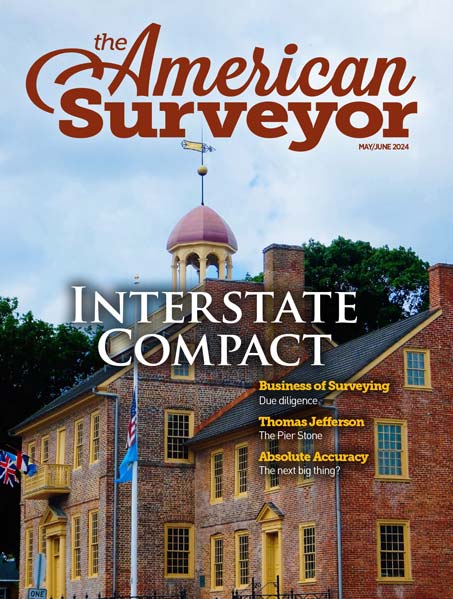Doing Well By Doing Good? Studies Financial Performance of Green Buildings in the USA
(New York – March 31, 2009) – Buildings with a high Energy Star rating are attracting rental premiums of three percent per square foot compared with non-green buildings of the same size, location and function, according to new research commissioned by RICS, the world’s leading membership organization for professionals in property, land, construction and related environmental issues.
The research report, “Doing Well By Doing Good?” released March 30, provides credible evidence on the economic value of “green building” certification in the commercial sector and concludes that there is a premium of three percent for the rents that buildings with the Energy Star rating can command. In addition, when looking at effective rents (the true rent of a property, considering rental concessions, spread over the life of the lease) the premium is even higher, above six percent.
The researchers were also able to look at the impact on the selling prices of green buildings, and here the premium is even higher, in the order of 16 percent. This implies that upgrading the average non-“green” building to a “green” one would increase its capital value by some $5.5 million.
The results suggest that tenants and investors are willing to pay more for an energy-efficient building.
“This piece of research is an important step in building an evidence base on the topic of the value of ‘green’ buildings,” said Simon Rubinsohn, RICS Chief Economist. “Previously, with only anecdotal evidence available on which to base decisions surrounding development of energy-efficient buildings, it is understandable that the uptake of some energy efficiency measures has been frustratingly slow.”
“With more comprehensive evidence-based research, such as this paper, the economic argument for having an energy-efficient building will be strong,” said Matt Bruck, Managing Director, RICS Americas. “Any businesses wishing to maximize profits will have to start looking at increasing the energy efficiency of the buildings in order to remain competitive. By proving that green buildings are economically beneficial due to the savings they can make and the higher rental yields they attract, non-green buildings will eventually become an outdated model.”
About the Report
The “Doing Well By Doing Good?” report was carried out by Piet Eichholtz and Nils Kok of Maastricht University, The Netherlands, and John Quickley of the University of California, Berkeley. This is the first study that they have undertaken in this research program, which explores the financial performance of “green” office buildings in the United States.
Of the total of 1,360 possible buildings that could be analyzed, the researchers could find all the required matching data from CoStar on 893, comprising 694 for which the researchers have rental data as of September 2007, and 199 that were sold between 2004 and 2007. (CoStar is a provider of information services to commercial real estate professionals in the United States and the United Kingdom.)
The approach they took was to identify every building in the CoStar data set that was within a radius of a quarter mile of the sample 893 buildings. This resulted in a sample of 9,998 buildings for which financial data could be obtained.
To obtain the full report please go to:
http://www.rics.org/Knowledgezone/Researchandreports/doingwell_300309_research.htm
Piet Eichholtz is Professor of Real Estate and Finance and chair of the Finance Department at Maastricht University in the Netherlands. He teaches courses in Finance, and in Real Estate Finance and Investments. His academic work has resulted in a great number of publications, both in the Netherlands and internationally. Most of his work examines real estate markets, with a focus on international investment, portfolio management and housing markets.
Nils Kok currently works as an assistant professor in Finance and Real Estate at Maastricht University, the Netherlands. He recently finished his PhD at Maastricht University, for which he received the 2009 Best Thesis Award of the French Social Investment Forum. His main research focus is on sustainability issues in the real estate sector, concentrating on the economics of “green” buildings.
John Quigley is the I. Donald Terner Distinguished Professor at the University of California, Berkeley, where he holds professorial appointments in the Department of Economics, the Haas School of Business, and the Goldman School of Public Policy. He has served as Chairman of Berkeley’s Department of Economics and as Chair of Berkeley’s Academic Senate. He is an expert on issues in public finance and taxation, and on real estate, mortgage and financial markets.
About RICS & RICS Americas
RICS (Royal Institution of Chartered Surveyors) is the leading organization of its kind in the world for professionals in property, land, construction and related environmental issues. We help set, maintain and regulate standards and provide impartial advice to governments and policymakers. RICS has more than 100,000 qualified members who operate across 17 disciplines in more than 146 countries, supported by an extensive network of regional offices around the globe. www.rics.org. To ensure that our members are able to provide the quality of advice and level of integrity required by the market, RICS credentials – AssocRICS, MRICS and FRICS – are only awarded to individuals who meet the most rigorous requirements for both education and experience, and who are prepared to maintain the highest standards of business practice and ethics in support of public interest. RICS Americas, based in New York and covering North, Central and South America and the Caribbean, has more than 3,000 members in commercial and residential development, construction management, brokerage, planning and finance, valuation and fine arts appraisal. Staff support these members from New York, Toronto and Chicago. For more information visit www.ricsamericas.org or e-mail ricsamericas@rics.org.
